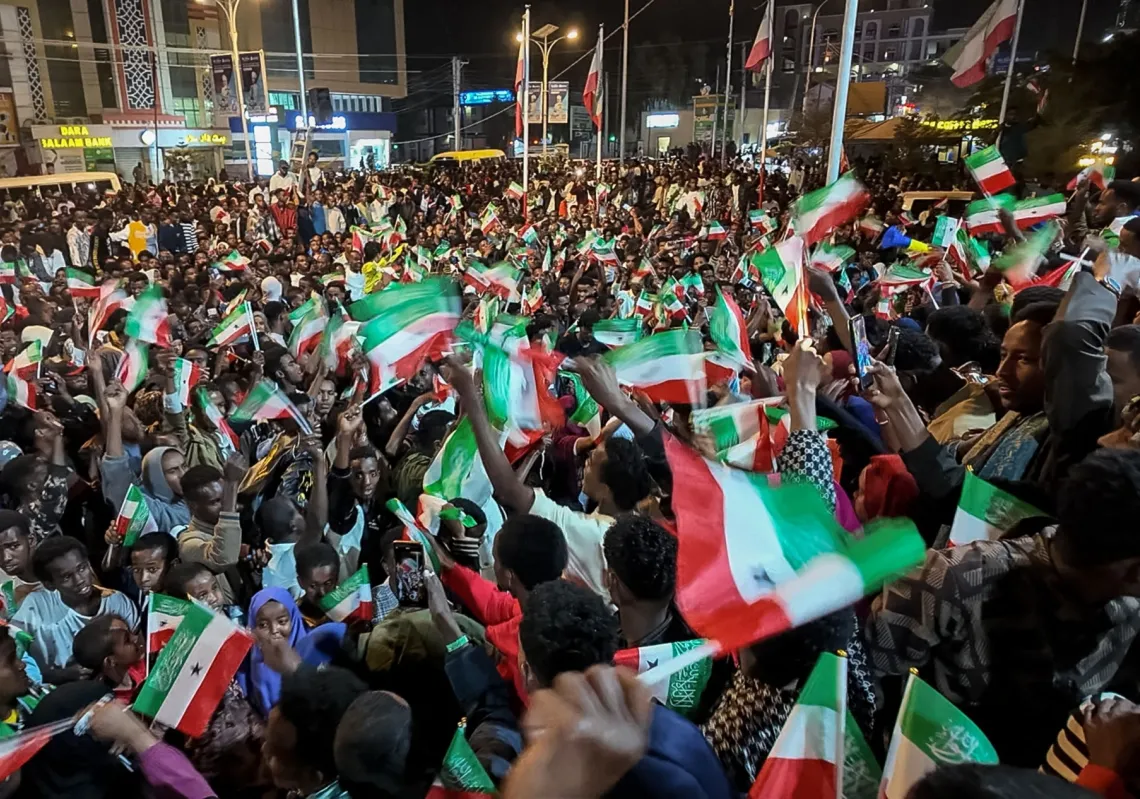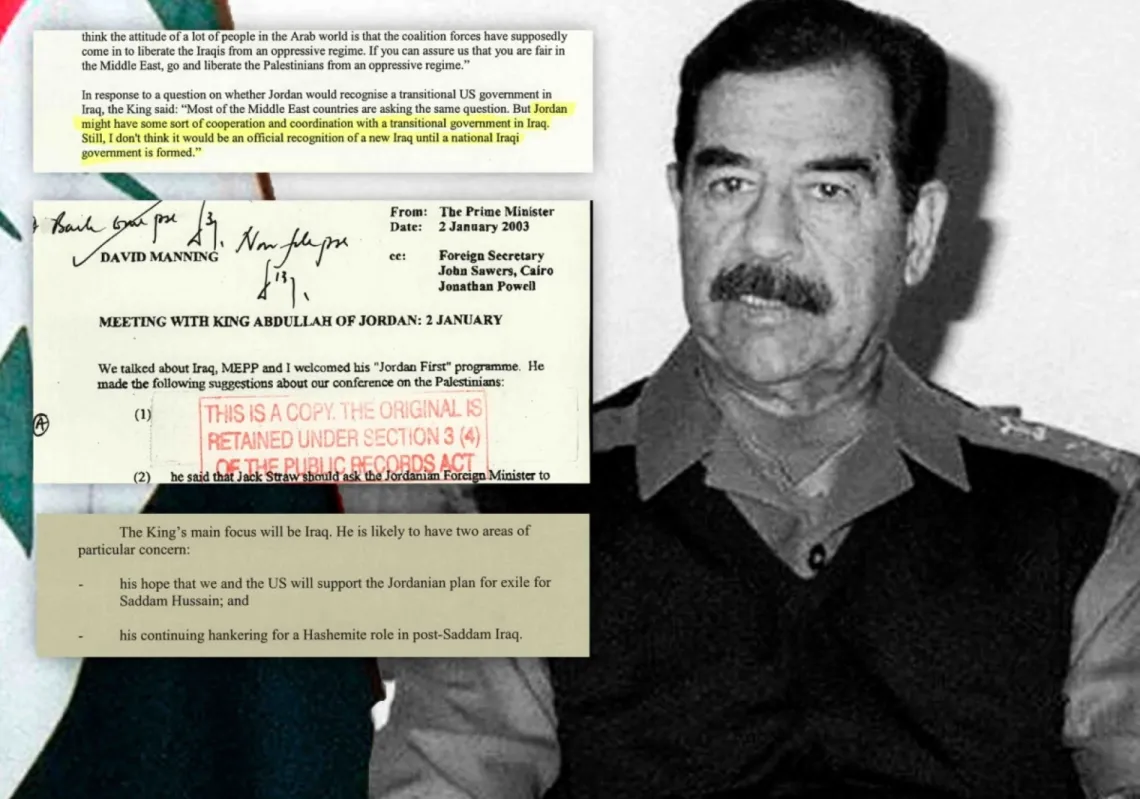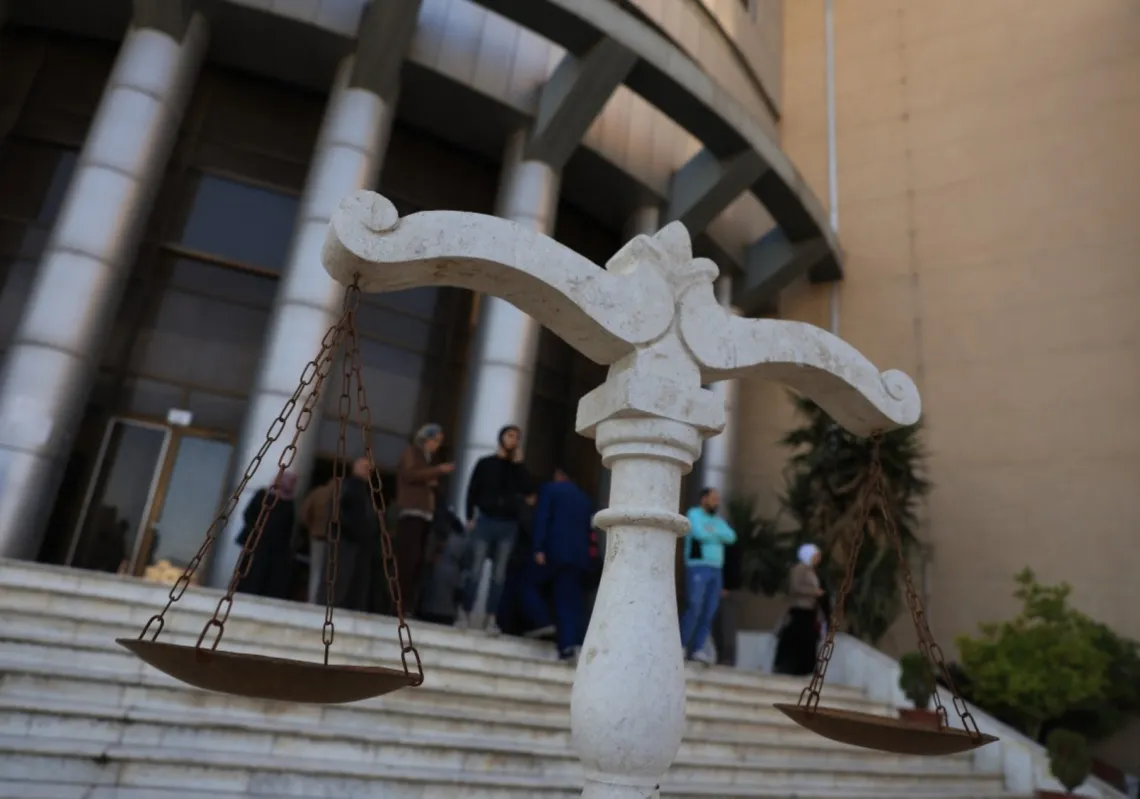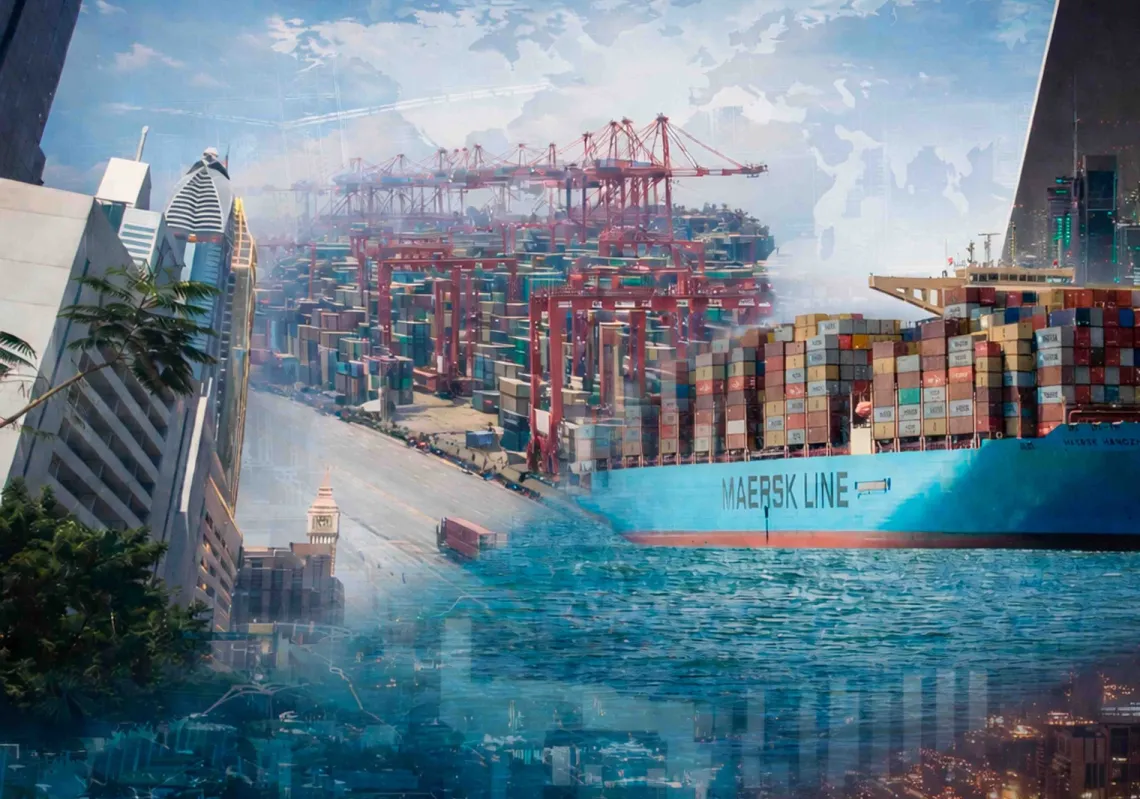Since the first centuries of life, there have been no definitive statistics on who migrated to where. However, the act of emigration did not cease, either individually or collectively, either in pursuit of a dream or a desire to escape a situation, or, as is the case these days, as a result of the world's unstable security and political conditions.
According to some sources, the Russian-Ukrainian war alone resulted in the emigration of about 5 million Ukrainians. Previously, emigration swarmed every continent. Given that no state today is composed solely of indigenous people, the issue appears to be more complex than a single topic or investigation.
NEW MOVIES
Hundreds of different movies about immigration have been released in theatres. Foreign and Arabic films are shown, non-fiction and fiction. Both live and animated. Both current and historical. Individual competition or dealing with people and groups.
The current wave of movies, as well as those that came before it in recent years, covers vast areas and different times, crystallizing for the viewer parts of the larger scene created by acts of displacement and immigration.
In a short scene from one of his films from the 1990s, French director Jean-Luc Godard mentioned this situation when he captured a picture of a boat loaded with Palestinian immigrants on its way to sail north towards Lebanon during the great exodus of 1948, and another boat loaded with Jewish immigrants who arrived on the same Palestinian coast. The goal of the director is to say that some peoples succeeded others, thus complementing each other's picture.
While each photograph, and both together, summarize the history of the issue that persists today, other movies have examined different themes of migration and displacement, many of them in the last two years.
This year's Annecy International Animation Film Festival revealed an exodus of which most attendees were unaware. According to this year’s film “No Dogs or Italians Allowed,” a French-Italian director named Alain Ogito created a 70-minute animation depicting his family's migration from their small northern village in Italy to France, as well as what they endured during and after the journey when they arrived in Paris.
Another immigration-themed animation film (shown at the same festival) came from Mexico, titled "Home is Somewhere Else" by Jorge Villalobos and Carlos Hagermann. This film depicts the difficulties of immigration in search of the American dream, as well as the racism that accompanies it.
Tareq Daoud's film “Yaban” was shown at this year's Istanbul Festival. Its story is compelling because it revolves around a mother who nearly loses custody of her young daughter due to a court decision granting her divorced husband, the girl's father, the right to care for her. She hires a smuggler in a desperate attempt to smuggle her daughter across the border to a neighboring country. But the smuggler is greedy for more money and believes that if he had handed over the girl to her father, he could have done so. He abandons the family in a hut in the woods and sets out to organize his affairs.
And there's “Convenience Store,” an Uzbek film directed by Michael Borodin that was shown at the Berlin Film Festival this year, which deals with the issue of immigration and the subsequent slide into crime or even falling victim to the slave trade.
THE BIG AND LITTLE AMERICAN DREAMS
None of these films, which were made between 2021 and 2022, fail to depict a difficult social situation that deals with the dreams of immigration, its difficulties, and then its consequences. These are the same issues that cinema has addressed over the years.
It's worth noting that there's a 1975 Turkish film called "The Bus" by Tunç Ukan about an old bus that runs from Turkey to the western border carrying illegal immigrants looking for a safe haven. Its chauffeur expertly navigates country after country until the journey concludes in a Swiss city. The driver takes the passengers' passports and money under the guise of arranging accommodation for them, then flees with what he has, leaving men, women, and children on the bus, which is now parked on a downtown street.
They spend the day inside the bus, hiding behind the window blinds for fear of being discovered. At night, they jump off the bus like rats looking for food in the garbage. The last shot of the bus from afar remains, with those on board waiting for an unknown day.
Shortly before that year, Swede Jan Troell made two films about the fates of a Swedish family who emigrated to the American West, "The Immigrant" and "The New Land" (1972). What Troell demonstrated in approximately 400 minutes (the running time for both films) is based on a realistic transmission of what might happen to a refugee family in a new country with all of its social and moral systems.
The motivation in these two films is voluntary rather than compelled by an emergency situation, which is the opposite of what was depicted in Elia Kazan’s film "America" (1963). He witnessed the Armenian victims at the hands of the Turks and shows how he sought to escape to America.
It was not as good as “On the Waterfront” in 1954. He avoided McCarthyism's accusations when he accepted the role of a left-wing whistleblower and wanted, according to sources, to emphasize his new political position, so he wrote "On the Waterfront" against labor unions and "America America" as a story of asylum in America, the land of justice and freedom.
The situation is not the same in Martin Scorsese's "Gangs of New York" or Sergio Leone's "Once Upon a Time in America," both of which revolve around Irish immigrants (in the first film), Jews and Italians (in the second) and their contribution to the spread of crime.
The films are darker than Jim Sheridan's British film “In America.” This 2002 drama follows the fate of an Irish family who immigrated to the new country, only to discover that their financial and social situation is no better than it was before they left.
In many films, the subject of immigration to France is directly related to the pre-existing situation, such as in Mathieu Kassovitz's “La Haine,” in which an Arab immigrant (Said Taghmaoui) collaborates with a white Frenchman (Vincent Cassel) and an African (Ubert Koundé) due to their low socioeconomic status.
IMMIGRANTS FROM FOUR COUNTRIES
Many Arab and Western films have focused on Arab immigration to France and Western European countries in general. But, before we go any further, we should remember that there is Arab-Arab migration to and from countries in various situations, which pushes some to try to achieve the difficult hope.
An earlier film summarizes the story of migration between Arab countries once more. The late Tawfiq Salih's film "The Deceiver," based on Ghassan Kanafani’s novel, deals with three Palestinians infiltrating from Jordan and wishing to reach a Gulf country, with the only way being to put them in an empty oil tank. The road is long, the day is hot, the tank is shut, and those inside eventually suffocate to death.
Another example of internal migration is depicted in Tamer El-Said's film "The Last Days of the City." The film's hero (also Tamer El-Said) considers emigrating but decides against it. He has three Arab friends, two from Iraq, one of whom immigrated to Berlin, and a Lebanese man who wishes to leave suffocating Beirut.
Palestinian Maha Haj based "Personal Matters" (2016) on the situation of Palestinians both inside and outside their country. Danielle Arbid, a Lebanese filmmaker, made the film "Parisiya" (2016) about a Lebanese exile in France and, through it, the death of the Lebanese dream and the lost identity of the homeland.
In terms of wanting to replace one homeland with another, we find the heroine of Tunisian Raja Ammari's (2016) film "A Strange Body" striving to find a place for herself in a society she longs for but may be denied. "The Man Who Sold His Back" (2020) by another Tunisian Kawthar Ben Hania is the most famous film in this vein, about a young Syrian man who sells his back to a Belgian tatoo artist for the love of living in the West and catching up with his former fiancée.
In "Benzine" (2017), Tunisian Sarah Abidi picked up the thread of illegal immigration when parents miss their young son only to discover that he immigrated to Syria to participate in the civil war there. This is also the case in Reda Al-Bahi's 2015 film "The Flower of Aleppo," in which the mother disguises herself in extremist Islamic garb and follows her son to Syria to rescue him.
Better and less well-known is "My Son" by Muhammad Ben Attia (2018), about a family who discovers their son has infiltrated northern Syria via Turkey, so the father seeks to retrieve him by travelling to Turkey and then to the Syrian border, where he realizes he will never be able to search for him in the current situation.
Samir Jamal Al-Din, an Iraqi immigrant, presented two films about Iraqi immigration to the West, the first of which is "An Iraqi Odyssey" (2015), a documentary about his family members' dispersal between Europe and America. This is a better film than his later film "Baghdad in My Fantasy" (2018), which dealt with the story of Iraqi immigrants to London and one of the former era’s attempts to spy on them for the benefit of the New Testament.
All in all, hundreds of films exist in every genre, interest, and country. Each group is attempting to communicate the experiences of immigrants in new countries or on their way there. Latinos attempting to cross the border into America. Arabs are fleeing to Europe or wherever they can. The dream grows larger, while reality grows worse.












